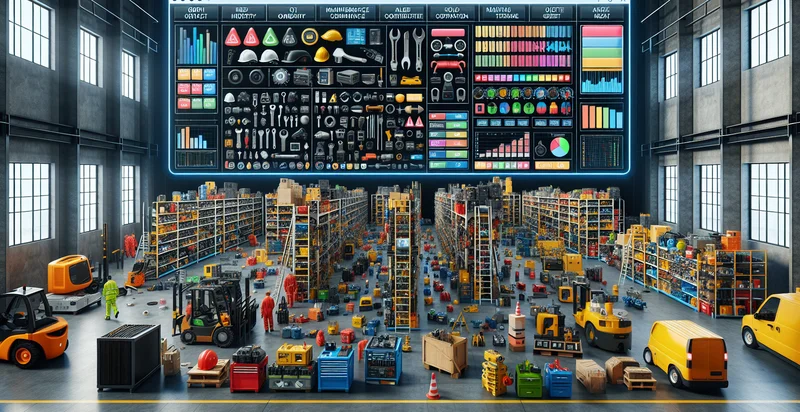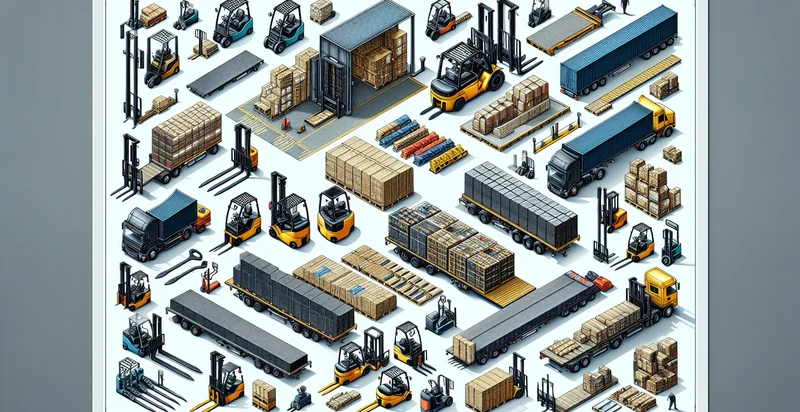Identify equipment inventory status
using AI
Below is a free classifier to identify equipment inventory status. Just input your text, and our AI will predict the current status of each equipment item. - in just seconds.

Contact us for API access
Or, use Nyckel to build highly-accurate custom classifiers in just minutes. No PhD required.
Get started
import nyckel
credentials = nyckel.Credentials("YOUR_CLIENT_ID", "YOUR_CLIENT_SECRET")
nyckel.invoke("equipment-inventory-status", "your_text_here", credentials)
fetch('https://www.nyckel.com/v1/functions/equipment-inventory-status/invoke', {
method: 'POST',
headers: {
'Authorization': 'Bearer ' + 'YOUR_BEARER_TOKEN',
'Content-Type': 'application/json',
},
body: JSON.stringify(
{"data": "your_text_here"}
)
})
.then(response => response.json())
.then(data => console.log(data));
curl -X POST \
-H "Content-Type: application/json" \
-H "Authorization: Bearer YOUR_BEARER_TOKEN" \
-d '{"data": "your_text_here"}' \
https://www.nyckel.com/v1/functions/equipment-inventory-status/invoke
How this classifier works
To start, input the text that you'd like analyzed. Our AI tool will then predict the current status of each equipment item..
This pretrained text model uses a Nyckel-created dataset and has 15 labels, including Available, Complete, Damaged, Disposed, In Use, Incomplete, Lost, Non Operational, Obsolete and Operational.
We'll also show a confidence score (the higher the number, the more confident the AI model is around the current status of each equipment item.).
Whether you're just curious or building equipment inventory status detection into your application, we hope our classifier proves helpful.
Related Classifiers
Need to identify equipment inventory status at scale?
Get API or Zapier access to this classifier for free. It's perfect for:
- Inventory Management Optimization: The 'equipment inventory status' identifier can streamline inventory management by accurately classifying and categorizing equipment status in real time. This enables organizations to track equipment availability, usage, and maintenance needs, reducing downtime and improving operational efficiency.
- Predictive Maintenance Scheduling: By identifying the status of equipment in the inventory, businesses can better predict when maintenance is required. This proactive approach minimizes unexpected breakdowns and extends the lifespan of assets, ultimately reducing repair costs and operational disruptions.
- Compliance and Safety Monitoring: The function can be used to ensure that all equipment meets safety and compliance standards by classifying items based on their condition and usage history. This helps organizations maintain regulatory compliance, avoid penalties, and protect their workforce.
- Asset Valuation and Depreciation Tracking: Businesses can utilize the identifier to better assess the value and depreciation of their equipment over time. By having a clear understanding of equipment status, organizations can make informed financial decisions regarding asset disposition or reinvestment.
- Resource Allocation Enhancement: The 'equipment inventory status' identifier can facilitate more effective resource allocation by identifying underutilized or overstocked equipment. Organizations can make data-driven decisions to redistribute assets where they are most needed, optimizing overall resource usage.
- Enhanced Procurement Processes: By understanding the status of the equipment inventory, procurement teams can make informed decisions about when to purchase or lease new equipment. This function supports just-in-time procurement strategies, helping to reduce costs and avoid excess inventory.
- Improved Communication Across Teams: The identifier aids in fostering better communication between departments about equipment readiness and requirements. By providing a common understanding of inventory status, teams can coordinate projects more effectively, leading to smoother operations and improved collaboration.


